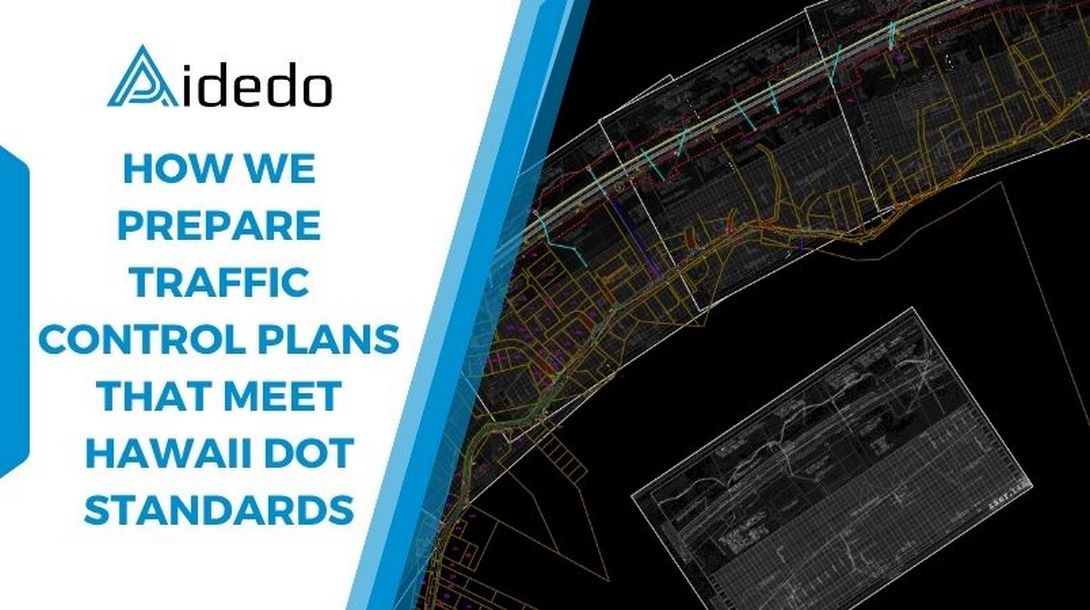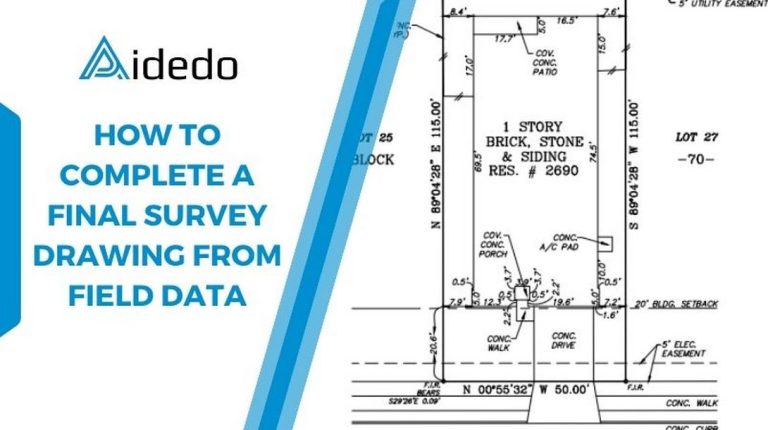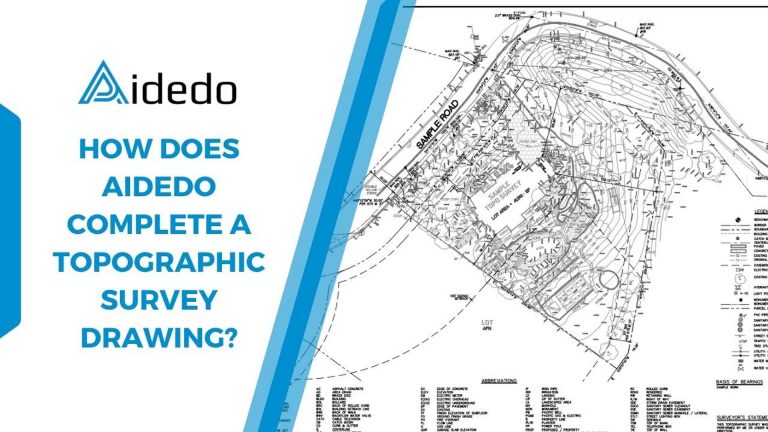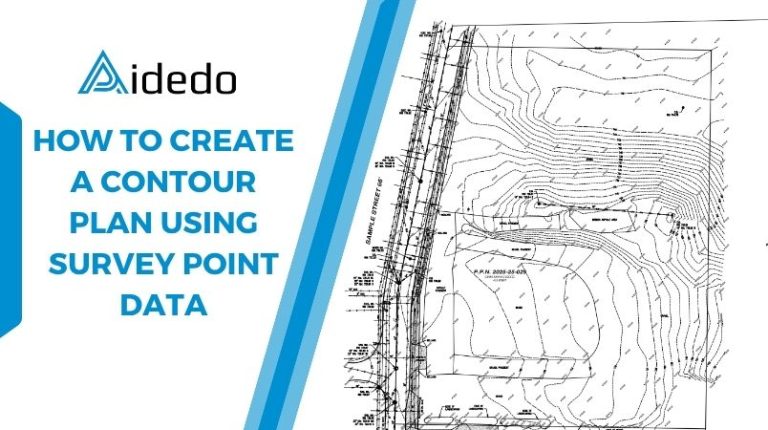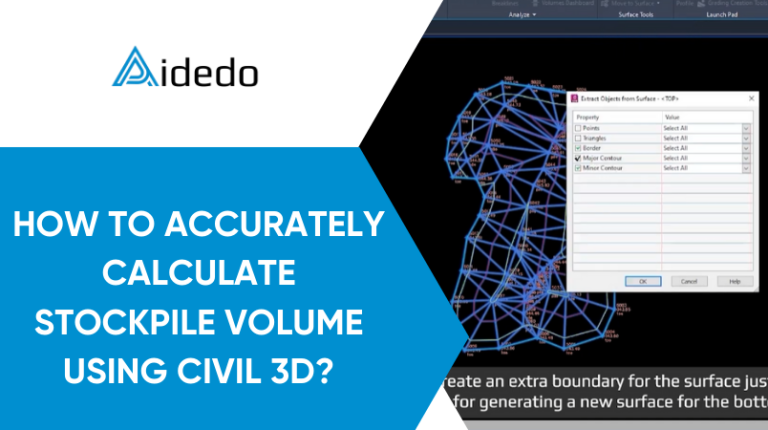What is Traffic control plan?
The Traffic Control Plan (TCP) is an important document aimed at managing and coordinating traffic flow in construction sites or areas with ongoing projects. This plan ensures the safety of road users, minimizes disruptions, and ensures that vehicles can move efficiently. A TCP typically includes diagrams, instructions, and measures for responding to emergencies.
The Traffic Control Plan (TCP) is a mandatory engineering document required for any construction or maintenance activity that affects public roadways. It outlines temporary traffic management strategies to ensure safety, minimize disruptions, and comply with MUTCD and local DOT regulations.
Why is TCP important?
In Hawaii, no road-related construction activity can proceed without an approved TCP. It is a legal requirement enforced by city and state authorities, and failure to comply may result in permit denial, work stoppage, or liability in case of incidents.
- Keeps the traffic flowing: Traffic control helps regulate vehicle flow, especially during peak hours, reducing congestion and preventing gridlock.
- Improves road safety: With fewer vehicles on the road, drivers can better see pedestrians and react in time crucial in busy city areas.
- Helps to minimise accidents: Traffic control helps prevent minor incidents from escalating into major pile-ups, reducing the risk of serious injuries.
Read more: outsourcing land survey drafting services
Why is lane separation necessary?
- Enhancing traffic safety: Lane separation helps reduce accidents, protects vehicles and road users, and creates a safer space for everyone.
- Improving traffic flow: Reasonable lane separation enhances traffic flow by preventing congestion, allowing vehicles to move more smoothly and efficiently.
- Sharing traffic space: Lane separation divides space among different types of vehicles, such as cars, motorcycles, bicycles, and pedestrians, facilitating safe movement for everyone. For example, in downtown Honolulu where lanes are narrow, temporary lane separation using cones allows safe pedestrian movement while maintaining one lane of traffic.
Types of lane separation
- Fixied lane separation: Fixed lane separation uses barriers, walls, or signs to distinctly separate different lanes. This type of separation helps maintain clear and safe traffic order for all road users.
- Temporary lane separation: Temporary lane separation is often used in construction zones or during road repairs. It employs cones or movable signs to create temporary lanes, guiding traffic safely.
- Sign-based lane separation: This type of lane separation uses traffic signs to guide drivers about the lanes and current traffic conditions. Signs can specify which lanes are designated for cars, motorcycles, or buses.
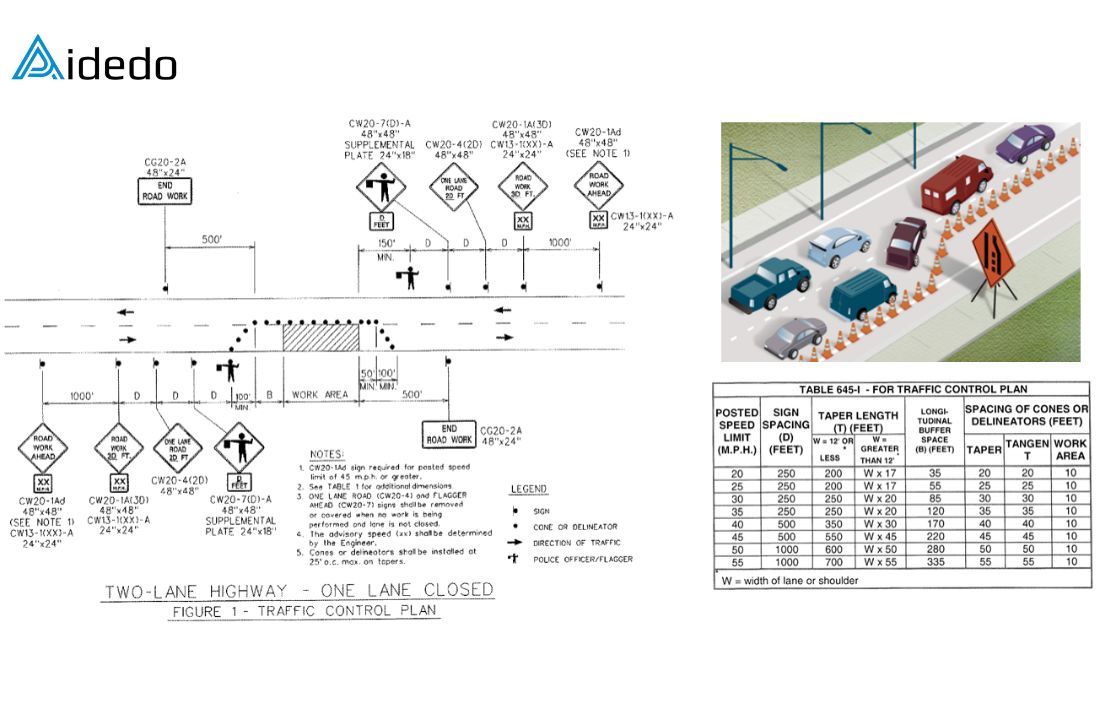
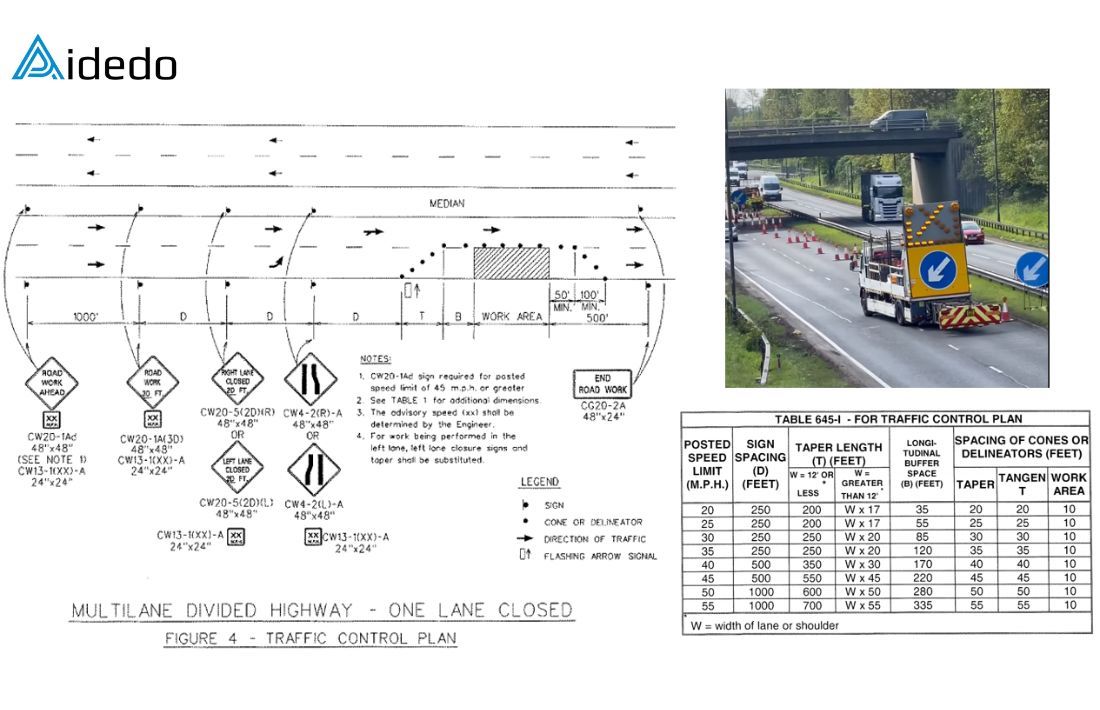
Steps to complete a Traffic Control Plan (TCP) Drawing
Step 1: Receive project information
The client will provide us with relevant documents such as the topographic survey, the design file for the construction area, and the as-built file containing all information related to underground utilities.
In addition, the client will specify the project location, scope of work, applicable standards, and the project deadline.
Step 2: Review and Finalize the Client’s Topographic Survey
In this step, we use Google Maps aerial imagery and Street View to draw the existing driving lanes and surface features.
In this step, we use Google Maps aerial imagery and Street View to draw the existing driving lanes and surface features.
Step 3: Use the as-built file to identify and redraw missing underground utilities
We review the as-built drawing provided by the client and redraw any missing underground utilities into the topographic base.
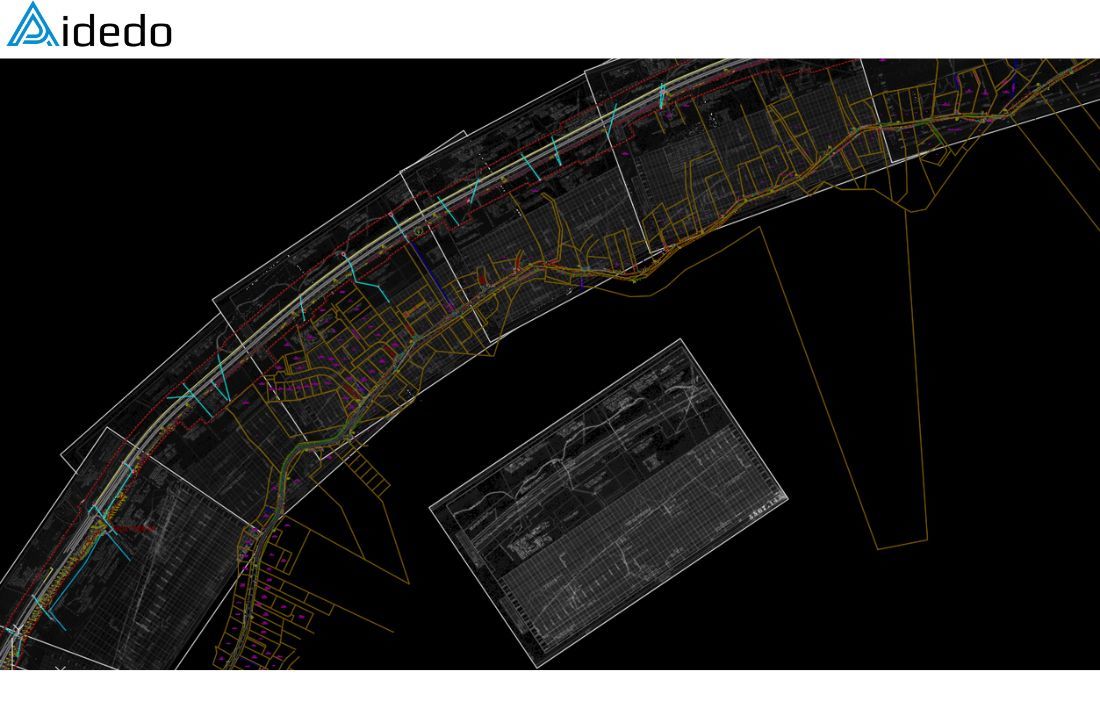
Step 4: Draft the TCP in CAD
We use the topographic survey as the base map, referencing it into the TCP drawing.
Traffic flow and lane assignments are revised based on existing site conditions and MUTCD or applicable state DOT standards.
We place all required standard blocks such as: cones, barricades, arrow boards, flaggers, temporary signs, work zone area, buffer zone, taper zone.
If needed, we also include a detour plan to ensure safe traffic routing around the work zone.
Use MUTCD compliant symbols and blocks such as W20-1 “Road Work Ahead”, G20-2 “End Road Work”, and appropriate TMA truck placement for highways. Ensure all signage includes sign code, size, and mounting height.
Step 5: Review and submit to client
Once the drawing is completed, an internal cross-check is conducted to ensure accuracy and consistency. The project manager then performs the final review to confirm that the drawing meets client requirements, complies with the project scope, and is ready for delivery.
After all reviews are complete, the final files are exported in both DWG and PDF formats and submitted to the client..
After submission, the client may forward the TCP to the Traffic Review Branch (TRB).
If any feedback is received, we will promptly revise the drawing as needed to obtain approval.
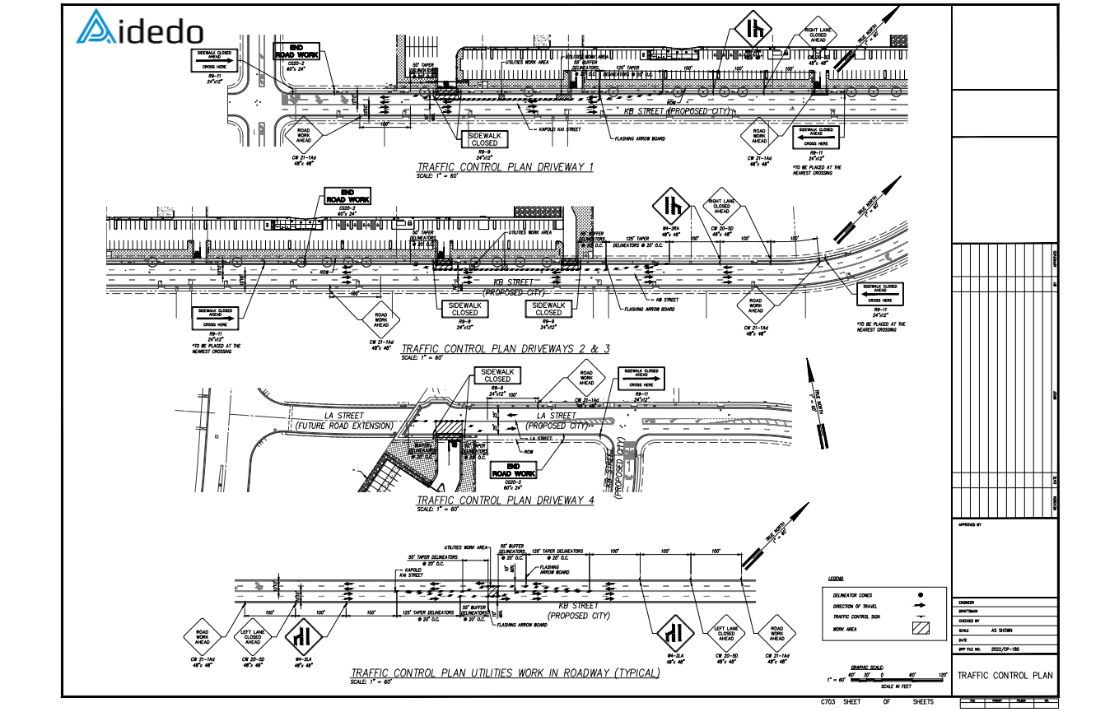
Please contact us via email at contact@aidedo.com or fill out the form below to receive direct consultation, a detailed quote, and a free service trial for your first project. Aidedo is committed to delivering effective solutions with rapid deployment, high accuracy, and international quality standards, meeting the strict requirements of global businesses.

